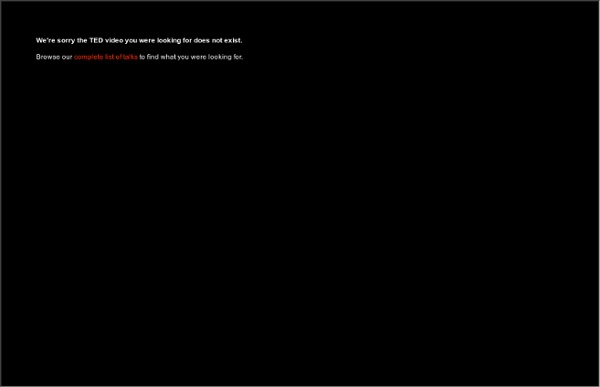



The Unreasonable Effectiveness of Mathematics in the Natural Sciences The Unreasonable Effectiveness of Mathematics in the Natural Sciences is the title of an article published in 1960 by the physicist Eugene Wigner.[1] In the paper, Wigner observed that the mathematical structure of a physical theory often points the way to further advances in that theory and even to empirical predictions. The miracle of mathematics in the natural sciences[edit] Wigner begins his paper with the belief, common to all those familiar with mathematics, that mathematical concepts have applicability far beyond the context in which they were originally developed. Another oft-cited example is Maxwell's equations, derived to model the elementary electrical and magnetic phenomena known as of the mid 19th century. The miracle of the appropriateness of the language of mathematics for the formulation of the laws of physics is a wonderful gift which we neither understand nor deserve. The deep connection between science and mathematics[edit] Responses to Wigner's original paper[edit] 1.
Ask a Mathematician / Ask a Physicist Blog : Self-Description September 7, 2010 — Jon McLoone, International Business & Strategic Development I am a big fan of Randall Munroe’s web comic strip xkcd. (Apparently I am not alone.) A while ago, Randall posted a strip with a self-referential chart of the amount of black ink in the image. If you have read my past blog items, you know I like recursive pictures. So I thought I would create a Mathematica version of this strip. The pie chart: The bar chart: The ink location chart: Next, I solved the equation f[x]=x, where f is the function that generates an analysis report on the ink in an image and x is the image of the report. If the equation is substituted into itself, it also solves f[f[x]]=x, and for that matter f[f[f[f[f[f[f[x]]]]]]]=x. If f meets certain convergence criteria, then this problem can be solved iteratively just by working out f[f[f[...f[x]…]]] for some random initial guess at x. So all I needed was a function that generates a cartoon strip based on the analysis of a cartoon strip.